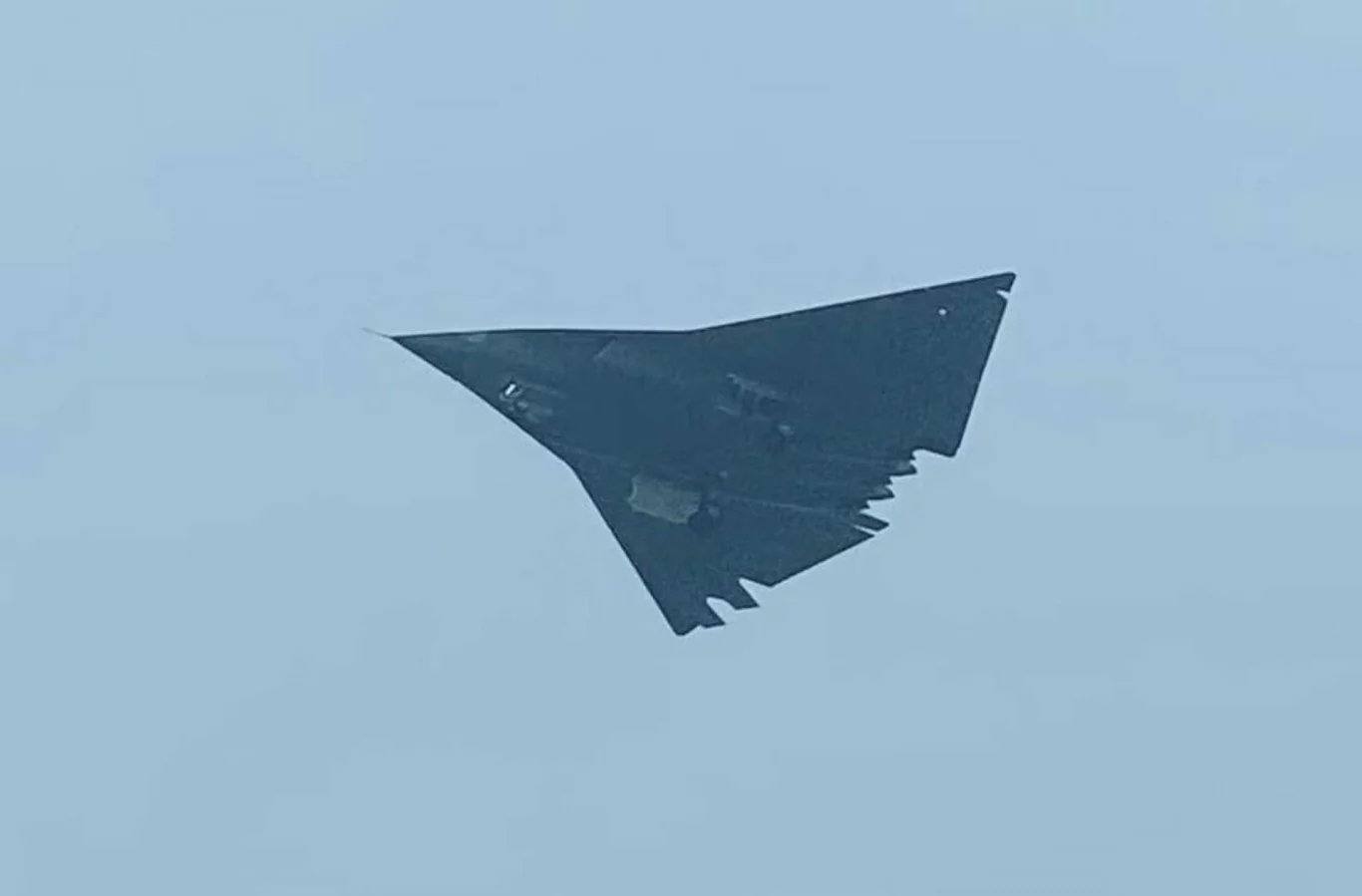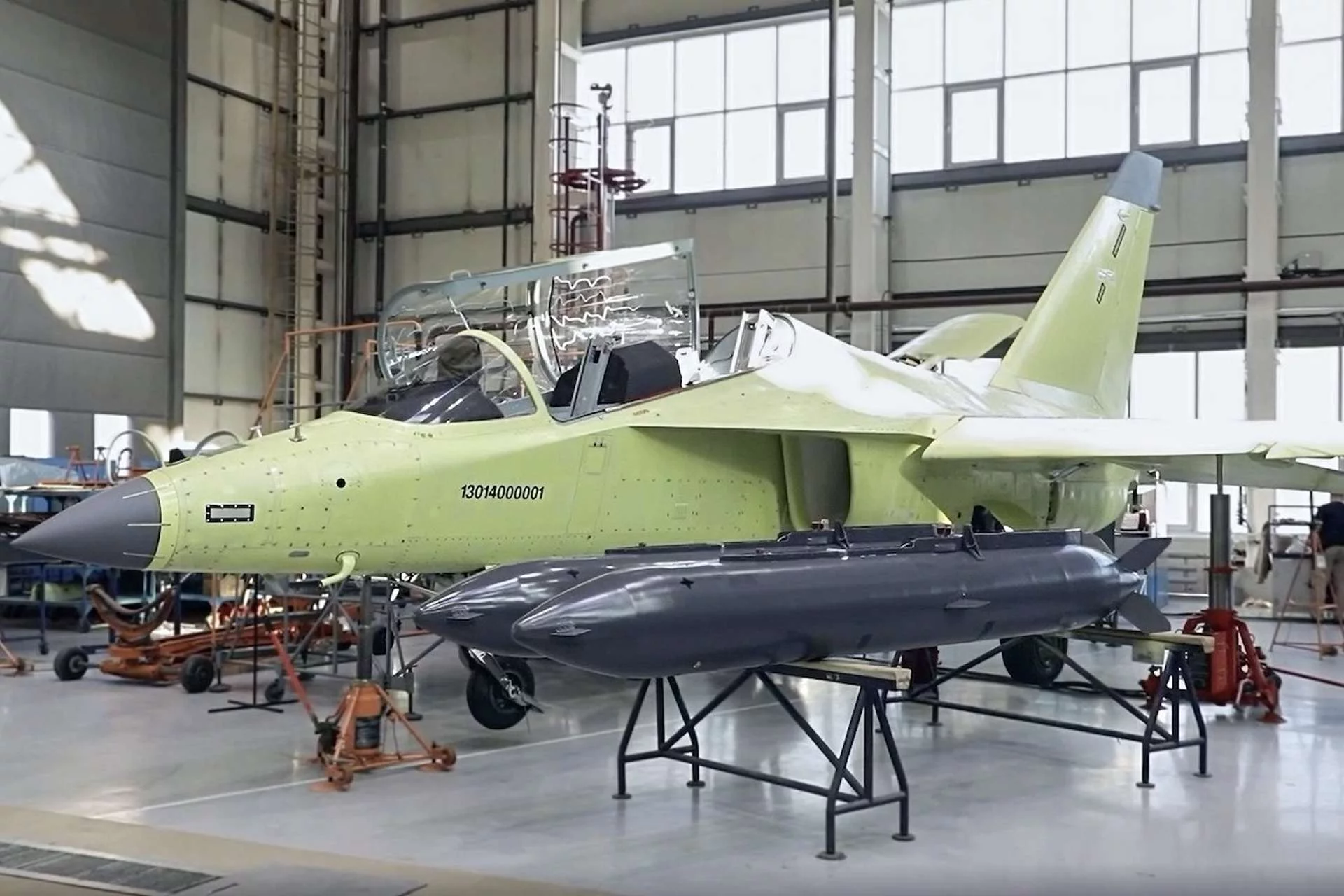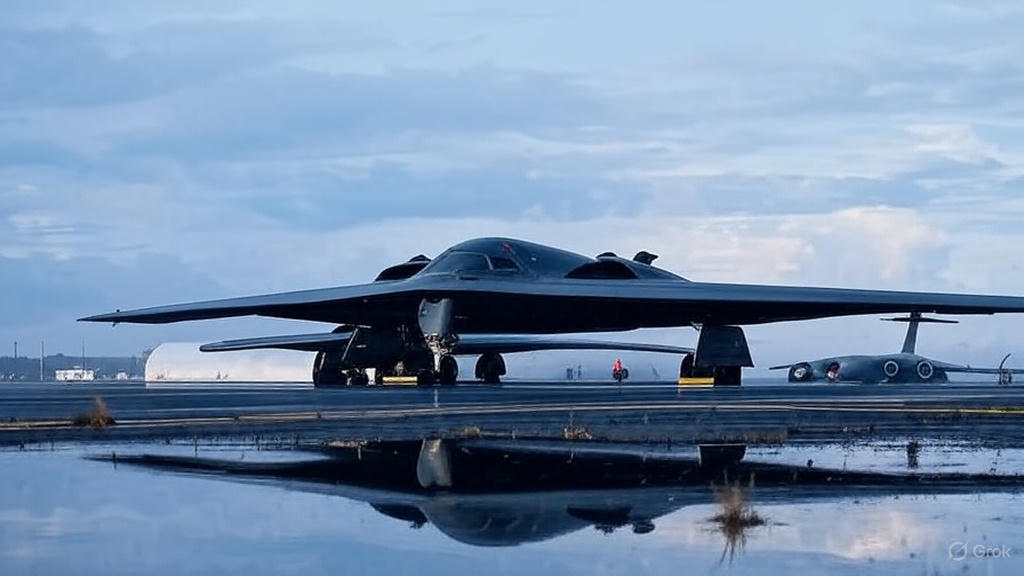The global aerospace community is once again abuzz with significant developments from China’s burgeoning military aviation sector. Recent intelligence suggests that a second prototype of the much-anticipated Chengdu J-36 stealth fighter has begun testing, reportedly incorporating substantial design modifications compared to its predecessor. This news, while not officially confirmed by Beijing, sends ripples through defense analyses worldwide, underscoring China’s relentless pursuit of air superiority and its determination to challenge established Western dominance in advanced military technology.
For years, the J-20 ‘Mighty Dragon’ has been the poster child of China’s fifth-generation fighter program, showcasing impressive strides in stealth and avionics. However, whispers of a complementary, possibly more agile or export-oriented stealth platform have persisted. The emergence of the J-36, initially observed in rudimentary form, now appears to be gaining momentum, potentially indicating a diversification of China’s stealth fighter strategy.
What’s New with Prototype Two?
While specifics remain under wraps, reports indicate that this second J-36 prototype boasts “major design changes.” These could encompass a wide range of enhancements, from aerodynamic refinements to structural alterations and updated internal systems. Common areas of iterative improvement in fighter development often include:
- Optimized Stealth Characteristics: Engineers are constantly seeking to reduce radar cross-section (RCS) across all aspects and frequencies. This might involve revised fuselage contours, redesigned weapon bays, or enhanced radar-absorbing materials.
- Improved Aerodynamics and Maneuverability: Modifications to wing shape, tail surfaces, or control schemes can significantly impact a fighter’s agility, sustained turn rates, and high-alpha performance – crucial attributes for air-to-air combat.
- Propulsion System Upgrades: A fighter’s engine is its heart. If the first prototype utilized a less mature engine, the second might feature a more powerful, fuel-efficient, or even thrust-vectoring variant, potentially impacting overall performance and internal volume.
- Advanced Avionics Integration: As technology evolves rapidly, newer prototypes often integrate more sophisticated sensors, electronic warfare suites, data links, and mission computers, enhancing situational awareness and combat effectiveness.
- Structural Refinements for Mass Production: Early prototypes are often hand-built. Subsequent versions incorporate design changes that streamline manufacturing processes, reduce weight, and improve structural integrity for eventual mass production.
The Strategic Context: Why Another Stealth Fighter?
The development of a second, significantly modified J-36 prototype raises important questions about China’s strategic objectives. Several theories are circulating:
- High-Low Mix Complement: The J-36 could be intended as a lighter, potentially more cost-effective complement to the heavier, longer-range J-20. This “high-low mix” strategy is common in many air forces, allowing for a broader range of mission profiles and force projection. The J-20 might focus on deep penetration and strategic strike, while the J-36 could excel in air superiority, escort duties, or even close air support within contested airspace.
- Carrier-Based Operations: One persistent rumor surrounding the J-36 is its potential to be a future navalized stealth fighter for China’s expanding aircraft carrier fleet. Significant design changes would be necessary for carrier operations, including strengthened landing gear, tailhook integration, and potentially folding wings. This would give China a potent answer to the F-35C and further enhance its blue-water naval capabilities.
- Export Potential: China has long sought to become a major exporter of advanced military hardware. A more versatile and potentially more affordable stealth fighter like the J-36 could find eager buyers in nations looking for fifth-generation capabilities without the political or financial commitments associated with Western platforms.
- Technological Maturation: Developing multiple stealth fighter programs concurrently allows for rapid technological learning and risk mitigation. Lessons learned from one program can be applied to others, accelerating the overall pace of military-technological advancement.
The Broader Implications
The continued evolution of the J-36, alongside the operational J-20 and other advanced programs, paints a clear picture of China’s unwavering commitment to building a world-class, technologically advanced military. This is not just about projecting power but also about safeguarding national interests, asserting regional influence, and eventually, reshaping the global balance of power.
For Western defense planners, the J-36 represents another piece of the puzzle in understanding the future threat landscape. It necessitates continuous innovation in counter-stealth technologies, advanced electronic warfare, and next-generation air-to-air missiles. The era of unchallenged air superiority by any single nation is rapidly drawing to a close, ushering in a new age of complex, multi-domain competition.
As more details emerge, the J-36 will undoubtedly remain a focal point of discussion and analysis. Its trajectory will offer invaluable insights into the direction of Chinese aerospace engineering and military doctrine, solidifying China’s position as a formidable player in the global defense arena.
Visualizing China’s Stealth Future
To help conceptualize the potential of such an advanced aircraft, let’s imagine what this second J-36 prototype might look like, incorporating the rumored “major design changes.”
Here’s an artist’s impression of the second J-36 prototype in flight, showcasing its sleek, stealth-optimized profile and advanced features.




